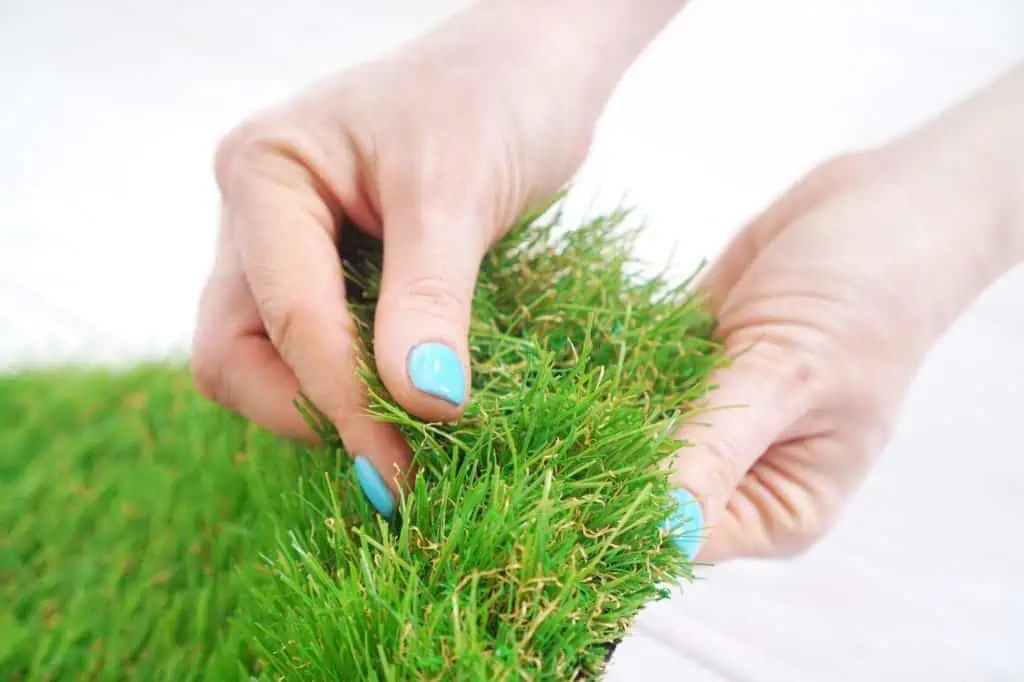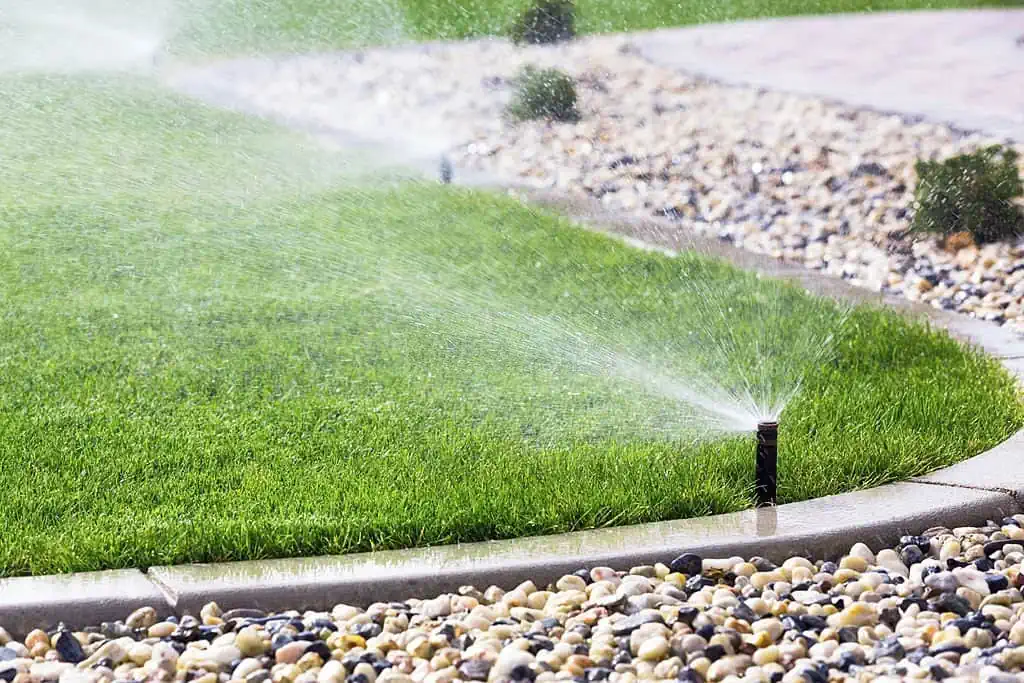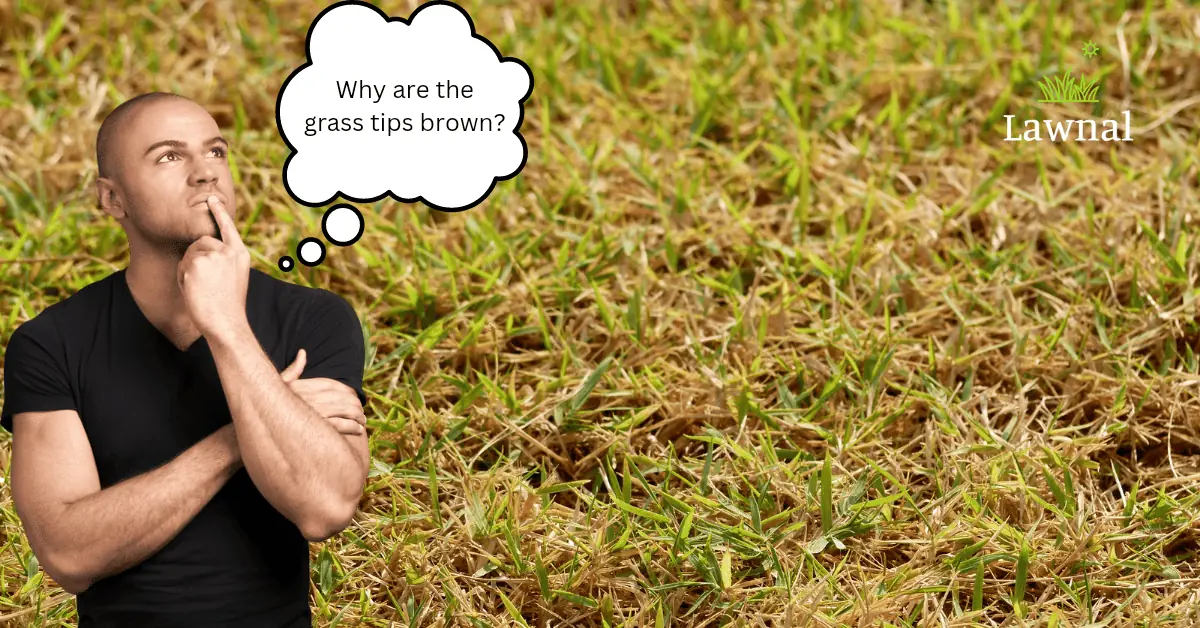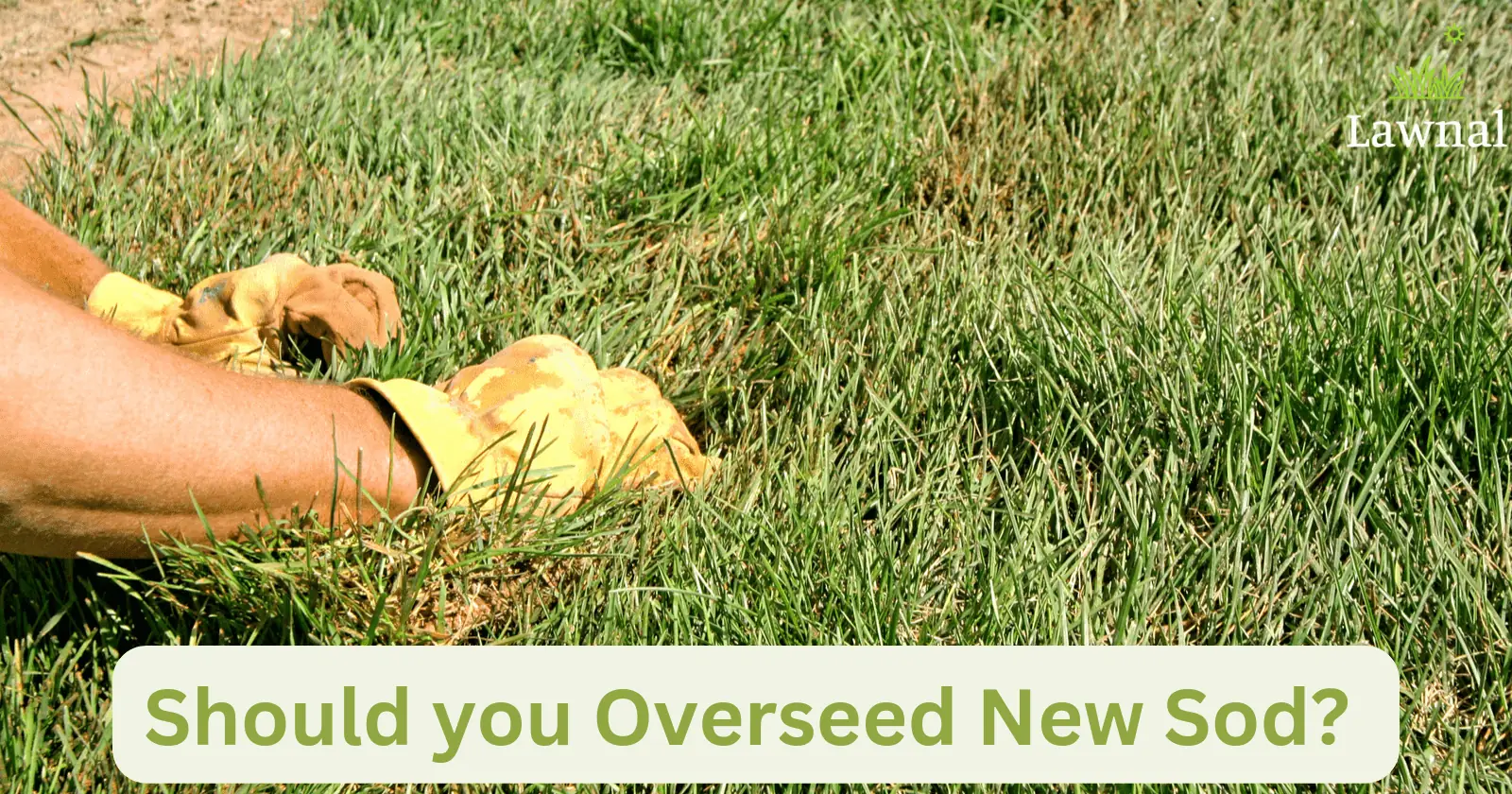No one installs new sod only to have it turn brown and almost ready for the match stick. If that’s the case with your new sod lawn, you will search everywhere online for an effective solution. Well, you’re in the right place.
Many reasons have been advanced for new sod turning brown or developing noticeable brown patches all over the new turf. Before you attempt any solution you just came across, let this article outline the leading causes of this phenomenon and some solutions to stop it.
Why Your New Sod is Turning Brown

1. It Was Poorly Installed
You’ve got everything figured out, but your new sod does not have the correct contact with the ground under. That could lead to several problems, and a brown patch is one of them.
Poor sod installation means there’s too much air pocket between the soil and the sod. That will inhibit nutrients and moisture intake by the sod lawn. While it’s true that such pockets are also found in correctly installed sods, they later settle post-installation.
If your new sod is turning brown, observe whether the soil has settled. This will help you determine what causes the browning.
2. Pests Have Taken Over
Pest infestation is another likely cause of brown colors on your new sod lawn. The fact is that new sod needs plenty of water initially. The downside is that extra moisture builds up and often attracts fungus, causing brown spots in new sod.
In addition, insects love a field day eating new sod since it’s still soft, leading to browning.
3. Underwatering the Sod

It’s no secret that new sod requires proper watering for normal growth and root establishment. You must provide enough water to get your desired lush feel and appearance. However, you risk the new sod turning brown or completely dying if you do not water it at least twice daily for the first two weeks of installation.
Underneath the ground is where the magic happens. The roots will slowly die out if there’s little water in the soil, or you’ll have mass areas of the leaf blades turning brown.
When you water your new sod, at least half of the soil and turfgrass must be soaked. But ensure that you do not go above what’s required.
Areas of your sod closer to asphalt, buildings, and concrete suffer the most from reflected heat. As a result, they dry faster than the other areas. Provide some extra water in such areas.
4. Overwatering Your New Sod
Now, don’t get confused at this point. Sure, your new sod needs enough water, especially during the first couple weeks after laying it on the soil. But too much watering can harm your new lawn, often turning it brown.
Compared to underwatering your sod, the effects of overwatering are more damaging. Take some time to irrigate your lawn, observing whether brown spots are developing. That’s because overwatering can make the roots rot.
When you overwater your lawn, it will take time to recover from too much moisture.
5. Excess Nitrogen In The Soil
You want your new sod lawn to grow exponentially, so you apply some fertilizer after the installation process. However, fertilizers can affect your new soil and extend to your new sod.
Normally, the roots of new sod are too shallow to absorb excess nitrogen added to the soil by fertilizers. Apply too much fertilizer, burning the growing roots, and causing the grass blades to turn brown. Note that commercial sod comes ready with ample fertilizer to last it during the anchorage stage, so adding more fertilizer makes it excessive.
6. Mowing too Soon
You’re proud of your new sod lawn and itching to get on it with that crisp-cutting lawnmower. Well, you shouldn’t; give the lawn some time before mowing. Many experts recommend waiting 14 days before mowing your new sod after installation. That way, you can confirm root establishment before the initial mowing.
When you fail to observe the recommended time frame before mowing, brown spots will likely creep up, thanks to the mower’s weight on the new turf.
7. Compacting Soil
Soil compaction is not a good sign for laying or planting new sod. Compact soil stops water from penetrating the ground, inhibiting the growing grass roots from getting enough moisture.
When that happens, the sod will turn brown with restrictions from the soil and lack of water.
How to save your brown sod in 7 ways
After identifying the possible causes of your new sod turning brown, it’s time to try and fix it. Here are some solutions to save your lawn from getting brown:
1. Poor Installation and Pockets of Air
You can revive your sod if it gets brown due to poor installation and pockets of air between the sod and the ground.
That will involve lifting parts of the browning sod and filling the space/air pocket between it and the soil with compost or topsoil. This way, you establish contact with the soil, making a pathway for nutrient absorption through the roots.
2. From Soil Compaction
When your new sod turns brown because of soil compaction, your lawn will experience poor drainage while your sod can’t access enough water and nutrients. You can revive the sod by using a sharp object to open holes or aerate your soil, allowing water to drain quickly into the soil and the roots.
3. Watering and Overwatering
Water is essential to new sod growth and overall health. But you should follow a schedule when watering it, especially after the first few weeks. Initially, the sod needs a lot of water, but not so much to create too much moisture affecting the roots.
4. Mowing too Soon
If cutting your new sod too soon creates brown patches, you can revive it by skipping a few scheduled mowings. That will allow it to grow a bit taller than usual. All the initial built-up adverse effects caused by premature mowing will disappear in no time.
5. Pest Infestation
One of the best ways to revive sod browning due to pest infestation is by applying pesticides and fungicides for grass insect pests and fungi. However, you won’t step into a store and get what you think works for your new sod. Let an expert help you test the grass and soil to see what’s appropriate for the sod and pests.
6. Excess Nitrogen
It’s important not to apply fertilizer during the first 14 days after installing the new sod when the root system is established. But if you’ve done so, stop immediately. Wait to apply any more fertilizers until well after two weeks.
Conclusion
It will take around two to three weeks for the brown sod to turn green again. But it would help if you gave it extra attention and regular watering to get it back in shape.
The leading causes of new sod turning brown are poor sod installation, overwatering, pest infestation, compact soil, excess nitrogen in the ground, premature mowing, etc. You can salvage the situation using the solutions described in the article. One is inserting sharp objects into the compact ground to allow water and nutrients to reach the plants.
Now that you know this, you can take some precautions when laying new sod in your yard. If you’ve done that and it’s turning brown, you can revive it to its green, healthy state using the methods above.






